 Shutterstock
Shutterstock
Dogs are remarkable creatures with instincts that never fail to amaze us. From their ability to sense changes in the weather to their uncanny knack for detecting our emotions, they exhibit behaviors deeply rooted in their survival skills and unique connection to the world. These instincts often go unnoticed in our day-to-day lives but play a crucial role in shaping our personalities and actions. Whether it’s their sharp hearing, keen sense of smell, or intuitive understanding of our needs, these fascinating canine behaviors are a testament to their incredible instincts.
Detecting Changes in Weather
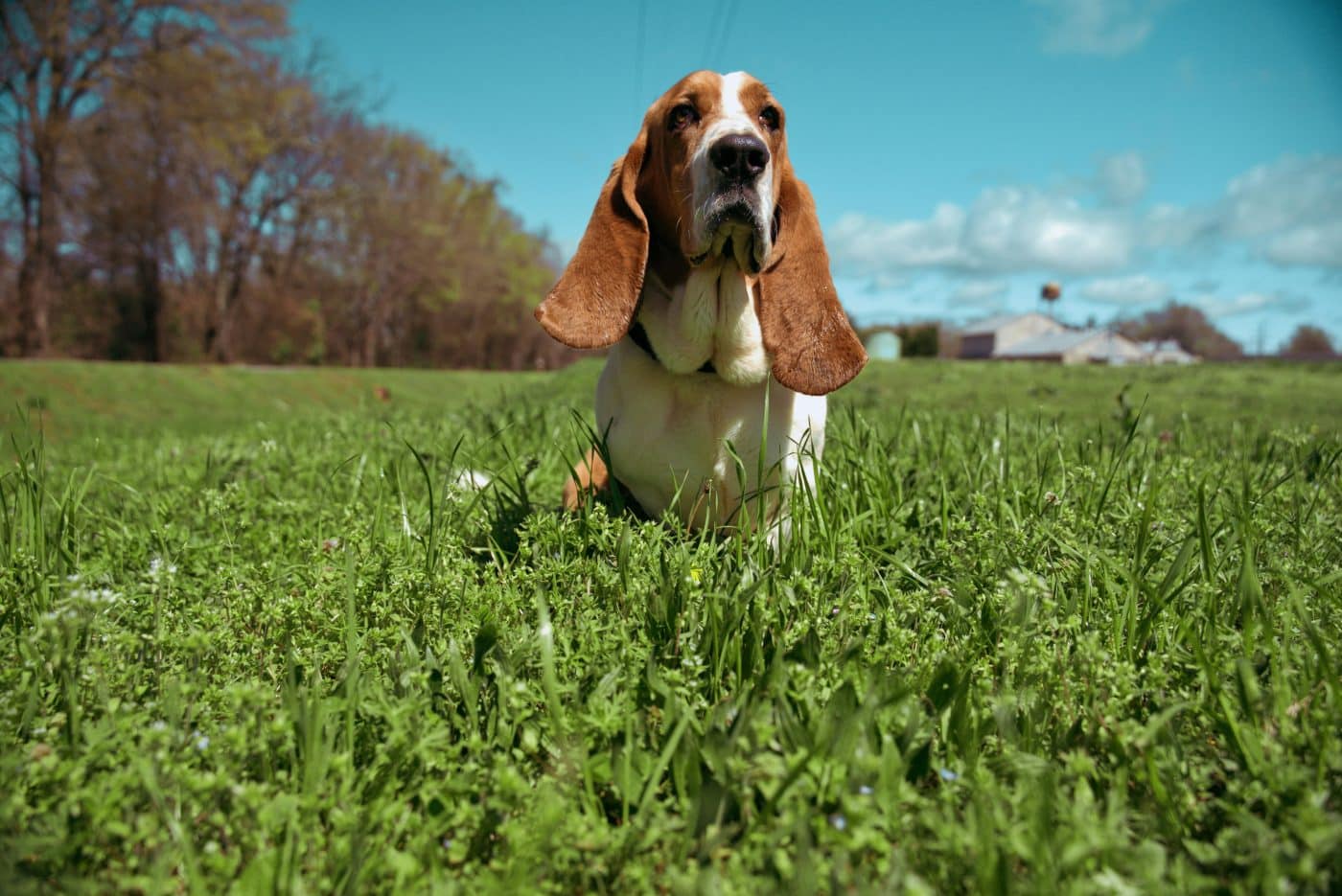 Shutterstock
Shutterstock
Dogs are natural meteorologists, often sensing storms or changes in weather before we notice a single cloud in the sky. They pick up on subtle shifts in barometric pressure, static electricity, and even distant rumbles of thunder. Many dogs exhibit pacing, hiding, or seeking comfort when they sense a storm approaching. This instinct is rooted in their survival history, where anticipating weather changes was critical for safety.
Sniffing Out Illness
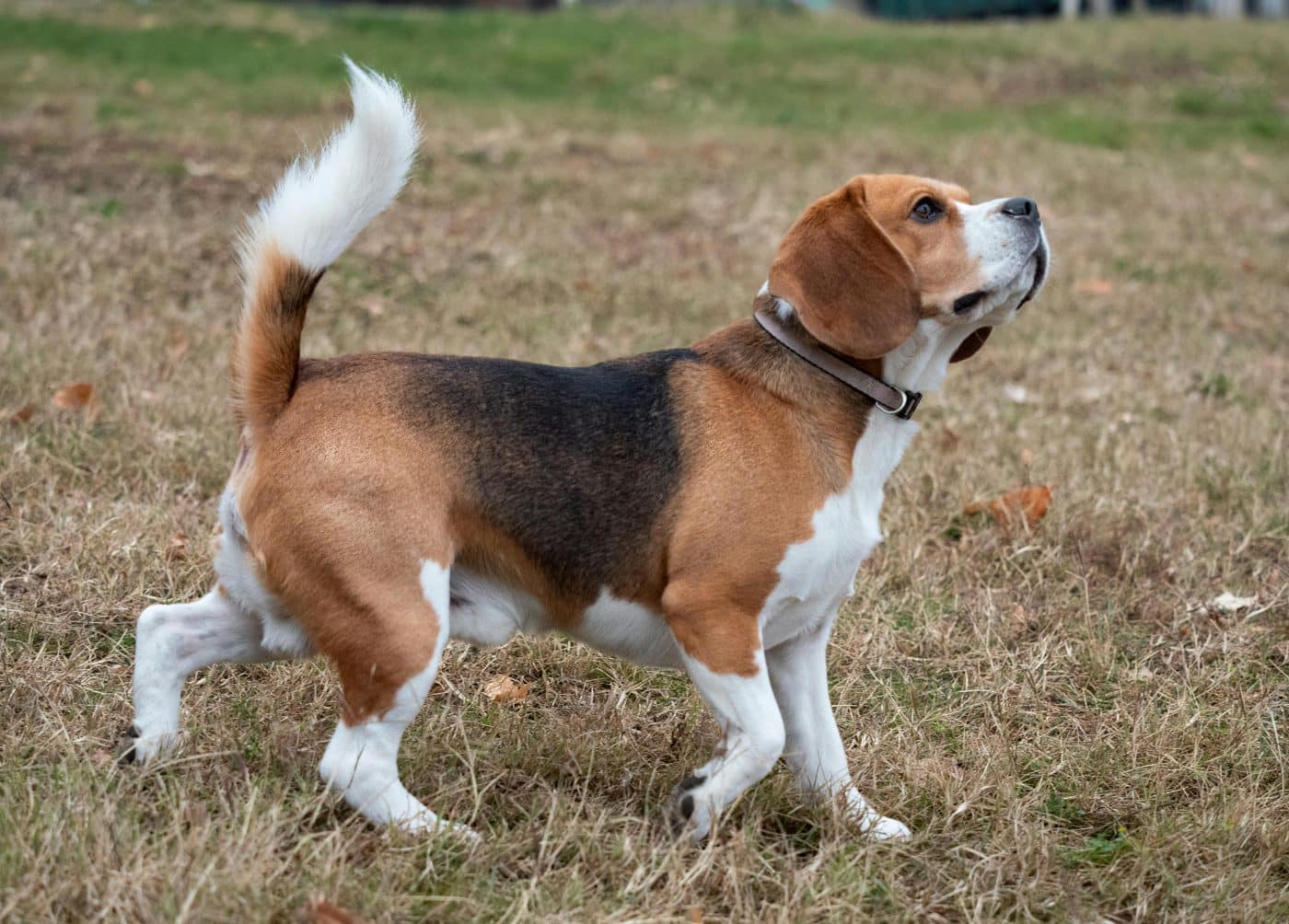 Shutterstock
Shutterstock
A dog’s nose is its superpower, capable of detecting diseases like cancer, diabetes, and seizures. Medical detection dogs are trained to alert humans to changes in their bodies, but even untrained dogs often pick up on illness through subtle scent changes. Their ability to notice these signs is a lifesaving skill and a testament to their extraordinary sense of smell.
Following a Scent Trail
 Shutterstock
Shutterstock
Dogs have an innate ability to track scents, a skill honed through generations of hunting and working roles. Their powerful noses can distinguish between countless smells, allowing them to follow a specific scent trail for miles. Whether helping law enforcement locate a missing person or sniffing out a dropped treat, this instinct showcases their incredible olfactory capabilities.
Understanding Human Emotions
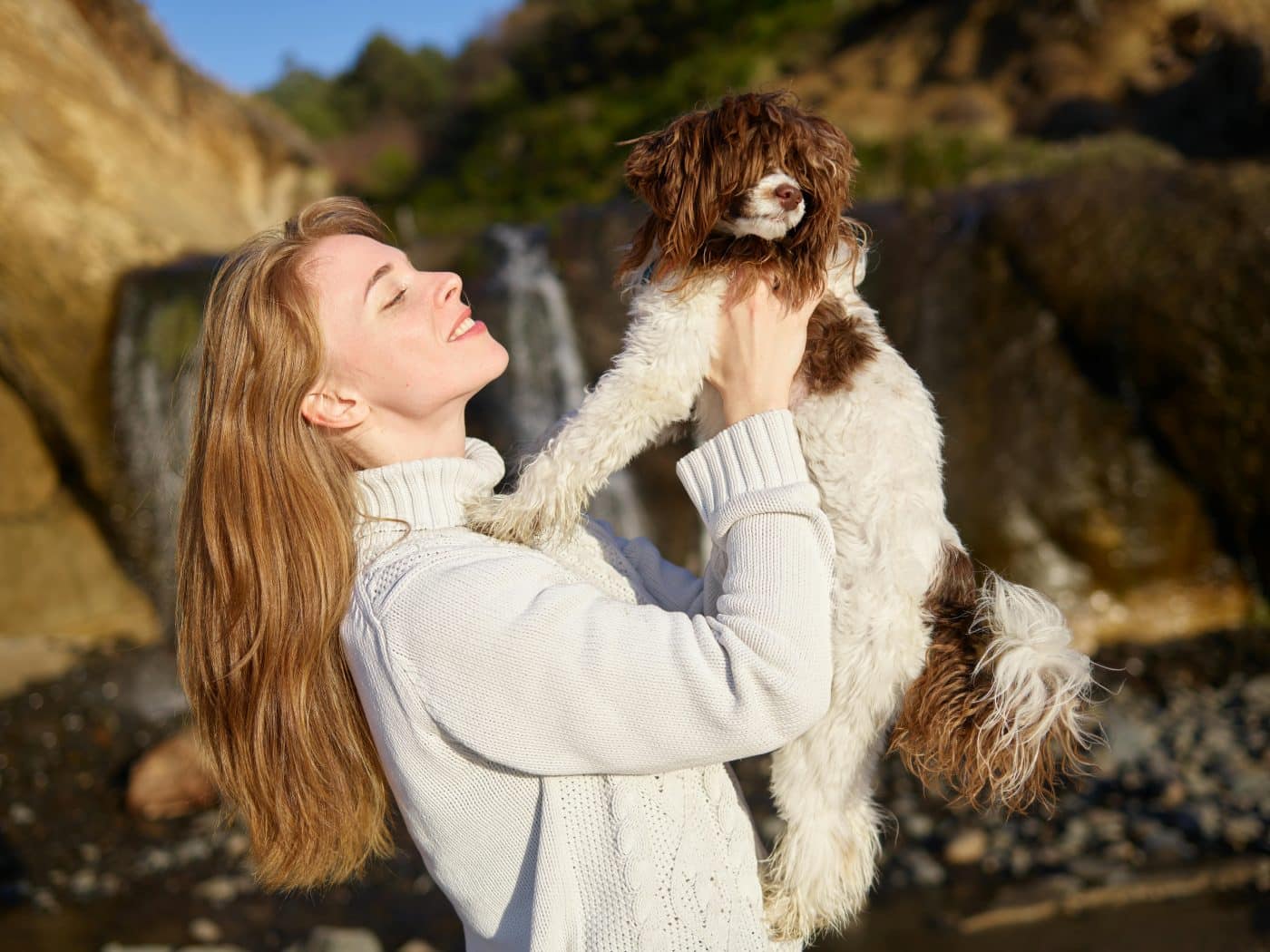 Shutterstock
Shutterstock
Dogs are experts at reading human emotions, often sensing sadness, stress, or happiness before we say a word. They observe our tone, body language, and even hormonal changes, responding with comforting behaviors or playful antics to match our mood. This intuitive understanding strengthens the bond between dogs and humans, demonstrating their natural empathy.
Herding Behavior
 Shutterstock
Shutterstock
Some breeds, like Border Collies and Australian Shepherds, exhibit strong herding instincts even in domestic settings. They may try to “herd” children, other pets, or even groups of adults. While amusing, this behavior reminds them of their working heritage and instinctive drive to organize and protect their flock.
Digging Holes
 Shutterstock
Shutterstock
While digging may seem like a nuisance to gardeners, this behavior stems from a dog’s instinct to create a safe and cool spot to rest or hide food. In the wild, digging provided shelter and protection, and this instinct persists even in modern domestic life. Watching a dog meticulously dig can be both entertaining and a reminder of their primal roots.
Alerting to Danger
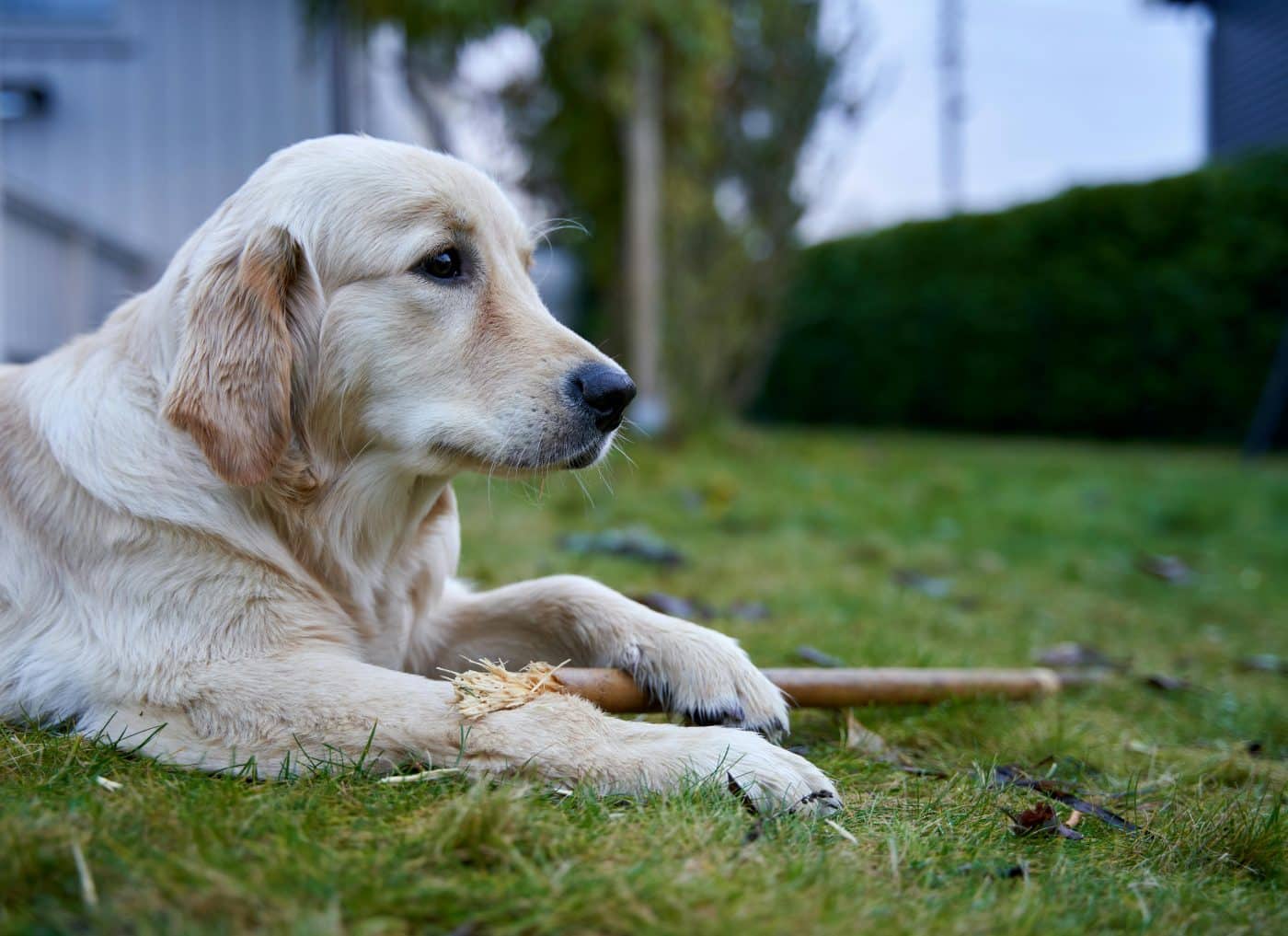 Shutterstock
Shutterstock
Dogs are natural protectors, often alerting their owners to danger with a bark, growl, or even subtle body language. Whether it’s a stranger at the door or an unusual noise outside, their heightened senses make them excellent at noticing potential threats. This instinct to protect their pack underscores their loyalty and connection to their human family.
Tilting Their Heads
 Shutterstock
Shutterstock
The adorable head tilt dogs do isn’t just for show—it’s a way for them to understand better what’s happening around them. Tilting their heads helps them pinpoint sounds more accurately and interpret our facial expressions. This behavior highlights their keen sense of hearing and desire to connect with us deeply.
Circling Before Lying Down
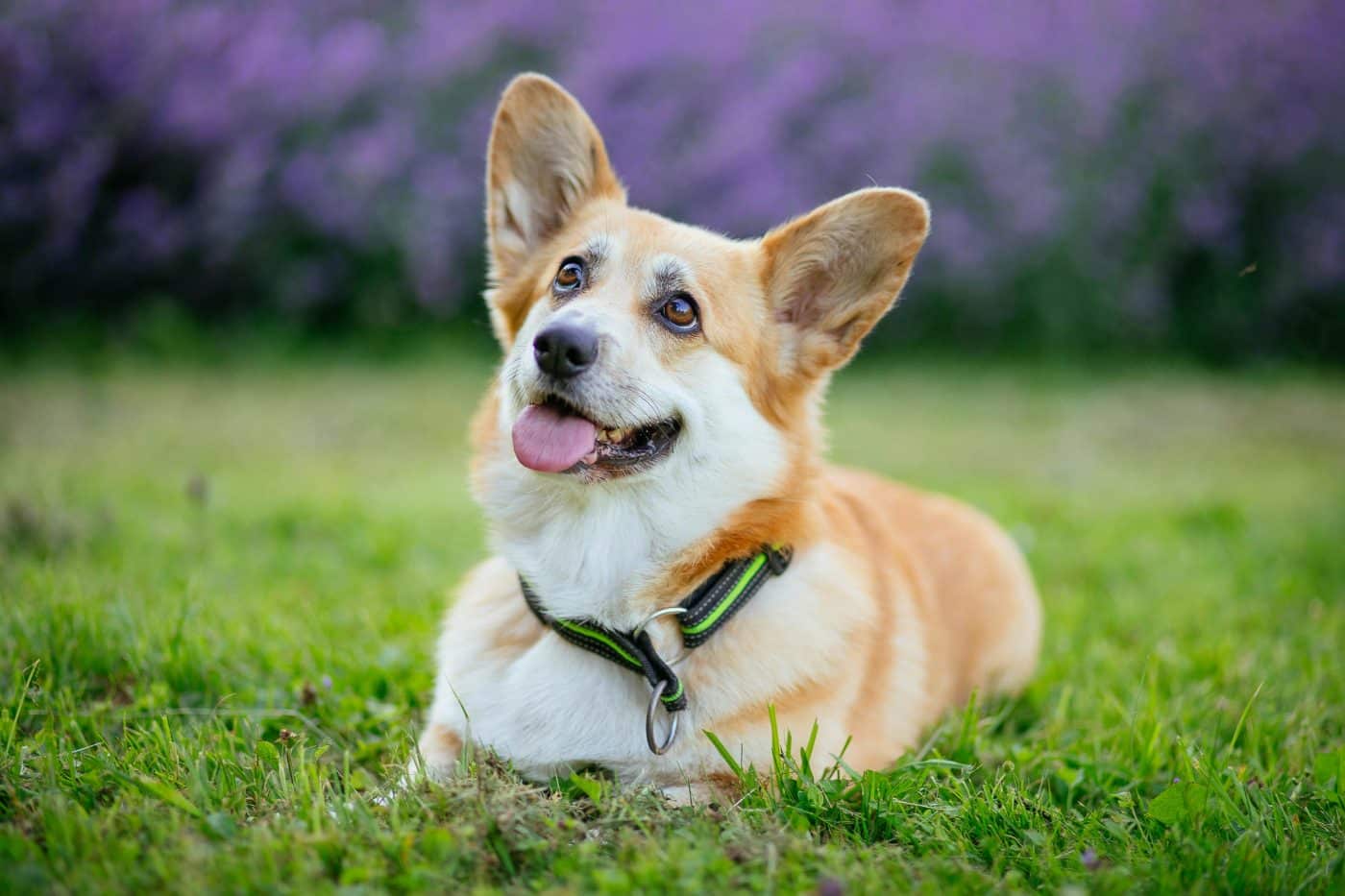 Shutterstock
Shutterstock
If you’ve ever seen your dog spin in circles before lying down, you’ve witnessed an instinctive behavior passed down from their wild ancestors. This circling motion allowed dogs to pat down grass, leaves, or snow to create a comfortable sleeping spot. While your dog likely doesn’t need to flatten the couch cushions, this habit is a charming nod to their ancestry.
Guarding Resources
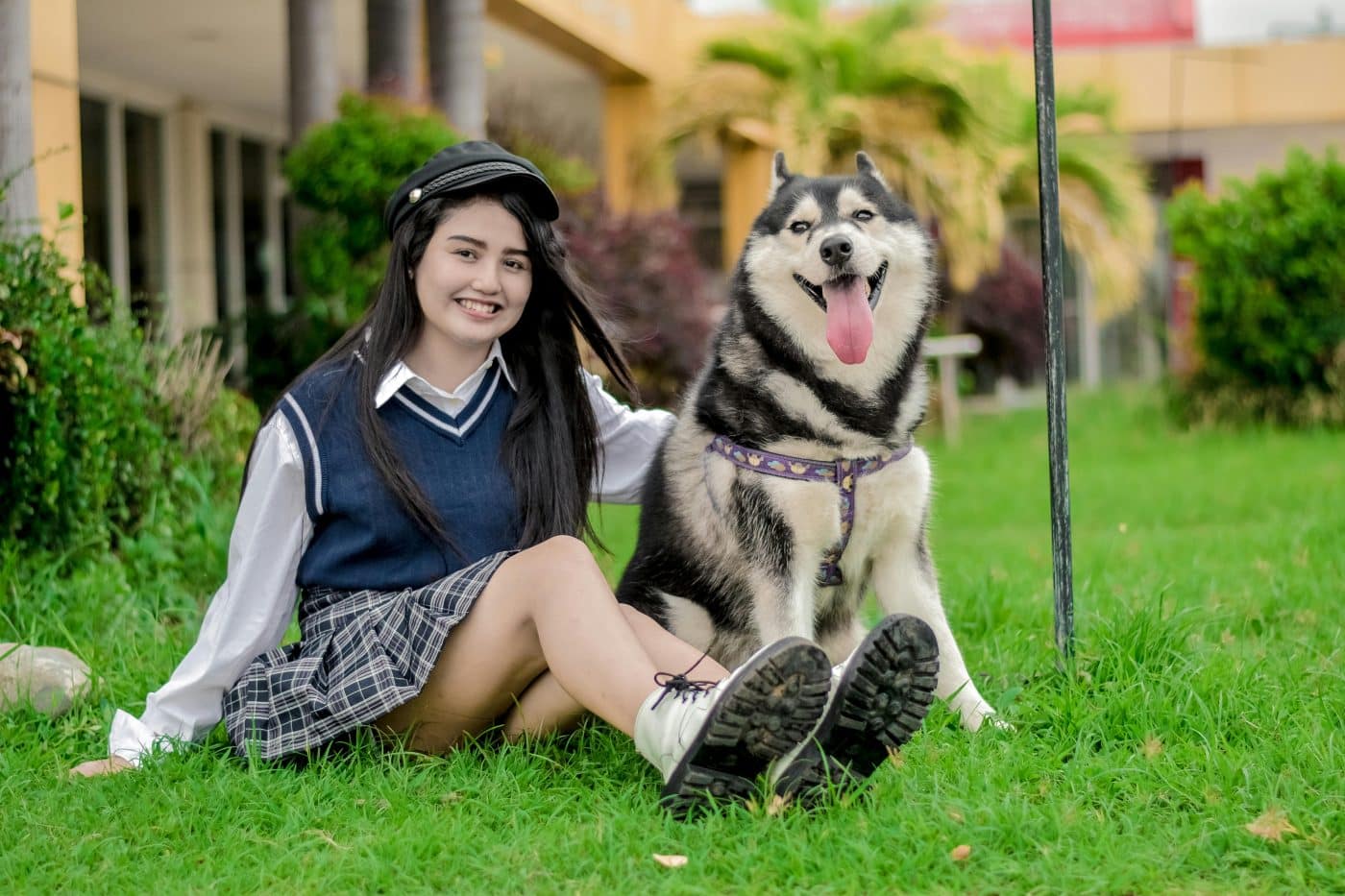 Shutterstock
Shutterstock
Dogs naturally instinctually guard their resources, such as food, toys, or even their favorite humans. This behavior stems from their wild roots, where protecting valuable resources was essential for survival. While resource guarding can sometimes pose challenges, it’s a fascinating glimpse into their instinctive behavior.
Greeting Rituals
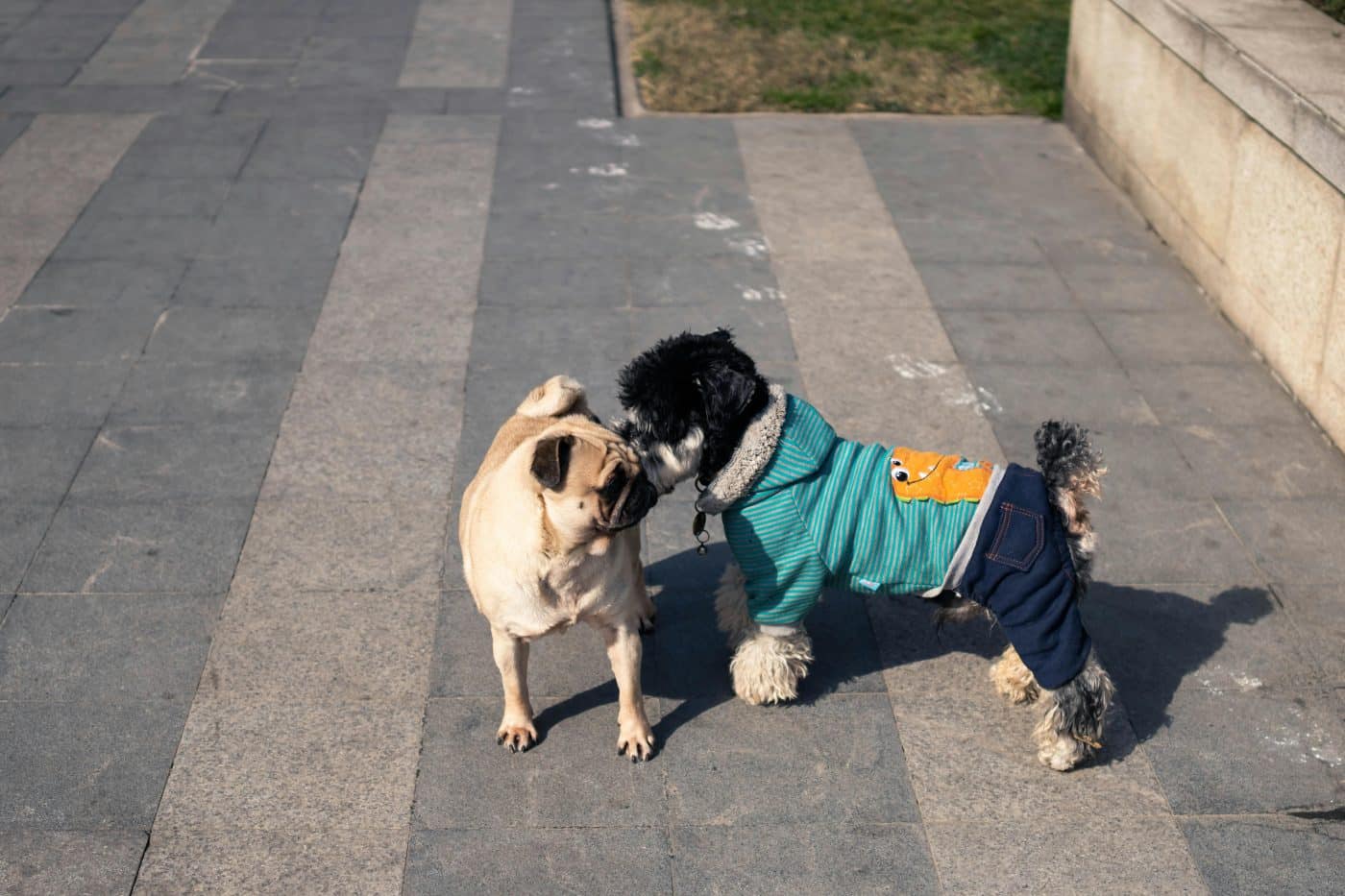 Shutterstock
Shutterstock
The way dogs greet each other—sniffing noses and tails—is a behavior deeply rooted in their instincts. These greetings allow dogs to gather information about each other, such as age, gender, and emotional state. When they greet humans with a sniff or a wagging tail, it’s their way of connecting and learning more about us.
Burying Toys or Treats
 Shutterstock
Shutterstock
When dogs bury their toys or treats, they follow an ancient instinct to store food for later. This behavior was crucial for survival in the wild, ensuring they had reserves during scarce times. While your dog might not need to hide their bone under the couch, this habit shows how deeply ingrained their instincts are.
Knowing When You’re Coming Home
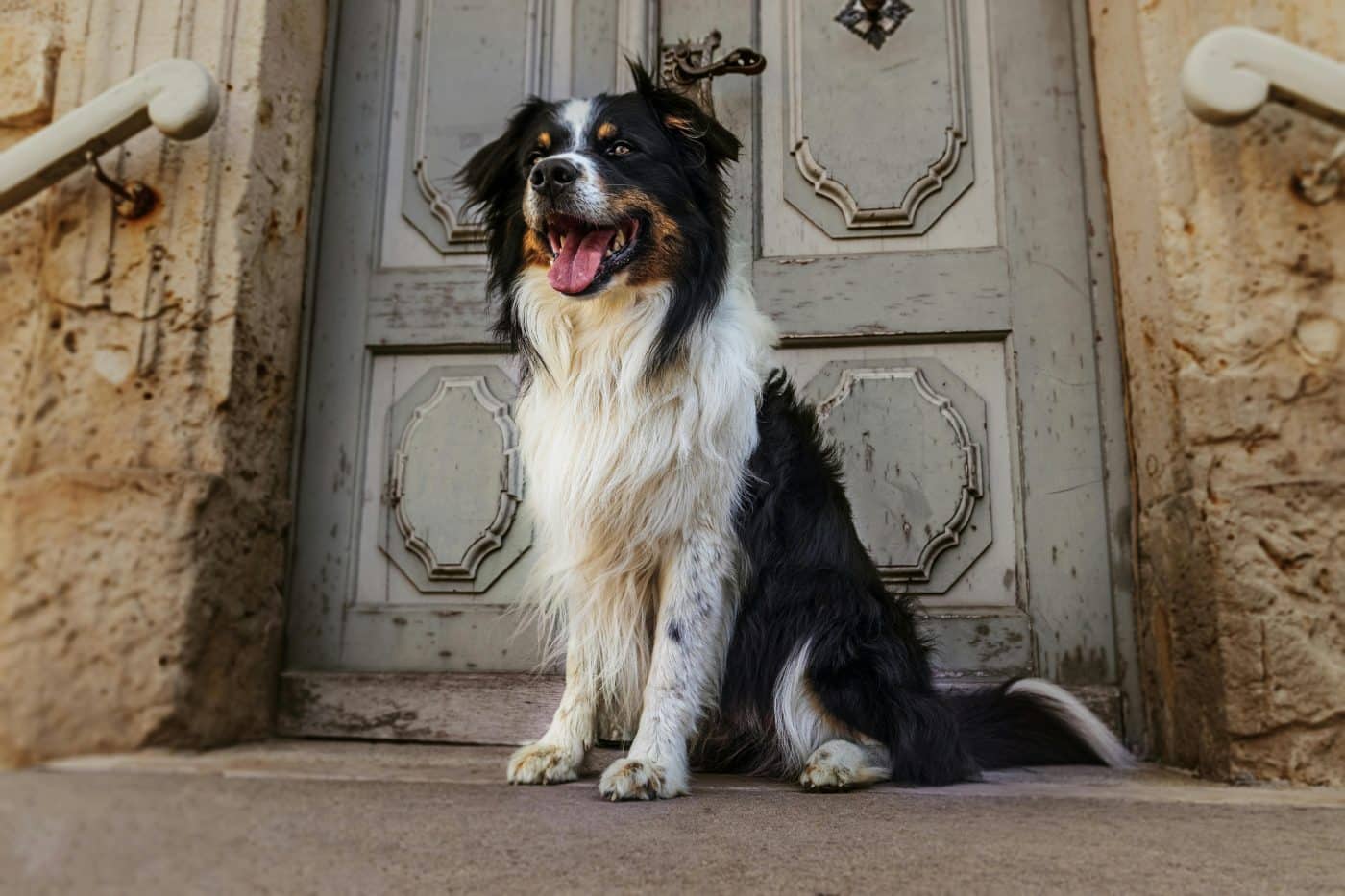 Shutterstock
Shutterstock
Many dogs seem to have a sixth sense of predicting when their owners are coming home, even if it’s not at the usual time. This behavior likely stems from their acute sense of hearing and smell and their ability to pick up on daily routines. Their excitement upon your return is heartwarming because of their loyalty and connection to you.
The Tail-End of Incredible Instincts
 Shutterstock
Shutterstock
Dogs are remarkable creatures, showcasing the wonders of nature and evolution through their incredible instincts. From sensing storms to understanding emotions, their abilities highlight their deep connection to us. Rooted in survival and loyalty, these behaviors often leave us marveling at their brilliance. With keen senses and an intuitive bond, dogs bring joy and fascination to our lives. Whether tilting their heads, digging, or sensing our moods, they remind us how extraordinary they are. Life with a dog is an adventure full of wonder and unconditional love.
 Toledo, United States.
Toledo, United States.